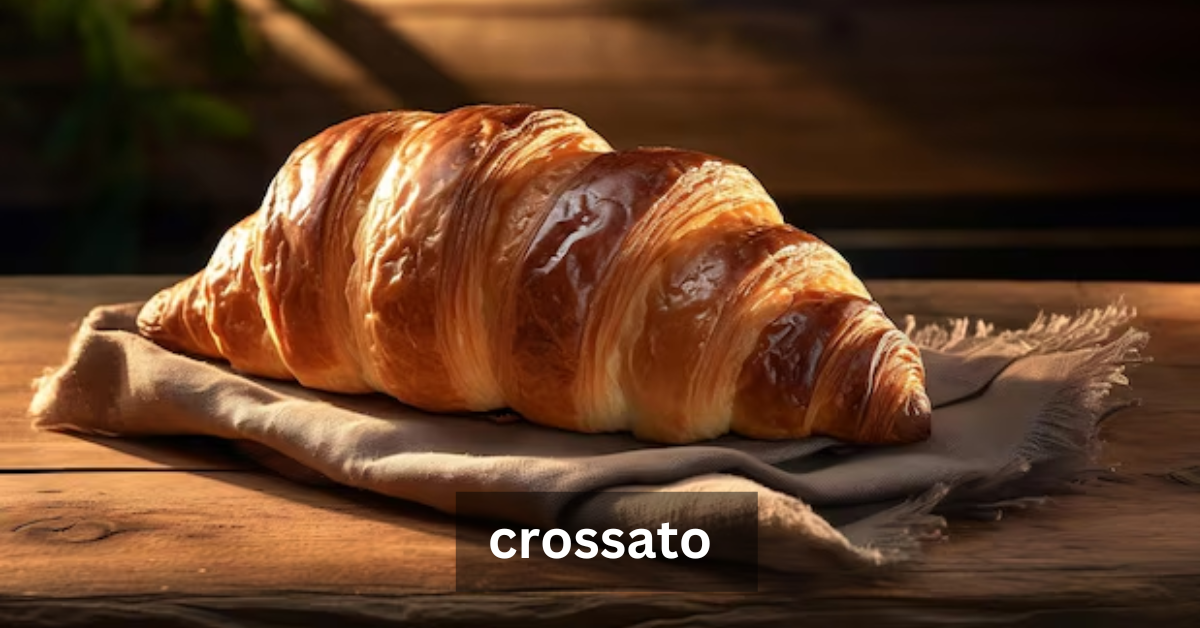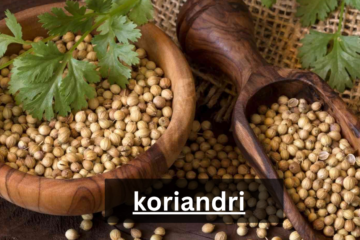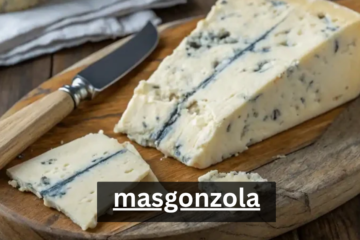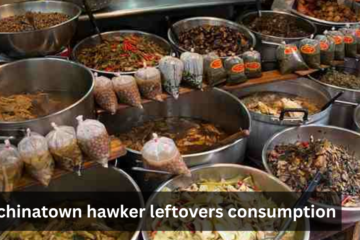Crossato is a hybrid pastry that blends the best of Italian cornetto and French croissant traditions. Made with laminated dough for a flaky texture, it often features fillings like Nutella, pistachio, or pastry cream, offering both sweet and savory variations.
Rooted in both Italian and French pastry traditions, the crossato is a hybrid pastry that combines the flaky, buttery texture of a croissant with the soft, sweet profile of an Italian cornetto. This delightful pastry has quickly captured the hearts of food lovers around the world, thanks to its golden flaky exterior, versatile fillings, and rich cultural history.
Whether you’re enjoying it as part of your Italian breakfast or savoring it as a sweet and savory pastry treat, the crossato stands out for its craftsmanship and versatility. Its rise in popularity is no coincidence—this fusion pastry is the perfect example of how the world of fusion foods is constantly evolving.
The Origins of the Crossato: A French-Italian Pastry Fusion
History of the Croissant and Cornetto
The croissant, a quintessentially French pastry, has a rich history that dates back to the 17th century. Legend has it that it was inspired by the shape of the crescent moon, symbolizing the defeat of the Ottoman Empire at the Battle of Vienna. The French croissant evolved over time into a buttery, flaky delight that became synonymous with breakfast in France and around the world.
On the other hand, the cornetto is Italy’s answer to the croissant. While similar in shape, the cornetto italiano is typically lighter and sweeter, often enjoyed with a coffee or gelato. The cornetto is a staple of the Italian breakfast, with its brioche dough base and a range of fillings like pistachio paste, pastry cream, and Nutella.
How the Crossato Combines the Best of Both Worlds
The crossato is where these two iconic pastries meet. By merging the French croissant’s laminated dough with the Italian cornetto’s soft dough and rich filling options, the crossato offers the best of both traditions. It’s the perfect combination of crispy layers and sweet, gooey fillings. Whether it’s a Nutella crossato for breakfast or a pistachio-filled treat for dessert, this hybrid pastry is an exciting, contemporary twist on age-old favorites.
What Makes the Crossato Unique?
Laminated Dough Technique
The magic of the crossato lies in its laminated dough. This intricate technique involves folding butter into dough multiple times to create thin layers of dough and butter. When baked, these layers separate, creating a light, crispy texture that’s a hallmark of both croissants and crossato’s. The resulting pastry is flaky, airy, and undeniably delicious.
The Different Fillings and Variations
The beauty of the crossato lies in its endless possibilities for fillings. Whether you’re craving something sweet like a pastry cream crossato or a more savory option with cheese and ham, the variations are as diverse as your imagination. The most popular sweet fillings include Nutella, pistachio paste, and various fruit jams, while savory options may feature ingredients like cheese and ham. This versatility makes the crossato perfect for any time of day, from breakfast to a mid-afternoon snack or even a dessert after dinner.
The Science Behind the Perfect Crossato
Understanding Laminated Dough and Its Layers
The science behind laminated dough is a delicate balance between the right proportions of butter, flour, and water. The butter must be chilled, and the dough must be rested to allow for the perfect layering process. The result is a pastry that is crispy on the outside and tender on the inside, with a light, flaky texture that melts in your mouth.
The Role of Butter and Flour in Achieving Flakiness
The key to achieving that golden flaky exterior is in the ratio of butter to flour. High-quality butter creates the necessary layers that allow the dough to rise and separate during baking, leading to the trademark flakiness of the crossato. Additionally, the use of high-gluten flour ensures that the dough can withstand the folding process without tearing, creating the delicate layers essential to the pastry’s texture.
Popular Crossato Varieties Around the World
Italian-Style Crossato’s
In Italy, the crossato is often filled with classic Italian pastry cream or pistachio paste. These fillings complement the slightly sweeter, richer dough of the cornetto, creating a distinctly Italian experience. Italian artisanal bakeries often use fresh, locally sourced ingredients to make each crossato unique, showcasing the passion and dedication of pastry chefs across the country.
French-Inspired Crossato’s
While rooted in Italian tradition, the crossato also embraces French techniques. In France, French patisseries may offer crossato’s filled with a variety of indulgent fillings such as Nutella or fruit preserves. The influence of the croissant is particularly evident in the dough’s preparation, resulting in a lighter, airier texture compared to traditional Italian pastries.
Global Adaptations of the Crossato
As the crossato continues to grow in popularity, global adaptations have begun to emerge. Instagram food influencers have played a significant role in showcasing creative twists on the classic, with options like vegan crossato’s and even gluten-free variations. From New York City to Tokyo, crossato’s are gaining attention in artisanal bakeries, where innovation and quality craftsmanship come together to create something truly special.
How to Make a Crossato at Home: Step-by-Step Guide
Ingredients Needed
To make a crossato at home, you will need a few key ingredients:
- Flour (preferably high-gluten flour for better dough structure)
- Butter (unsalted for optimal control over the flavor)
- Sugar
- Yeast
- Milk
- Eggs
- Salt
- Fillings (Nutella, pistachio paste, pastry cream, or your choice)
Detailed Instructions for Creating the Dough
Prepare the Dough: Mix the flour, sugar, yeast, and salt in a bowl. Add the milk and eggs, and knead the dough until smooth.
- Laminate the Dough: Roll out the dough and layer it with cold butter. Fold the dough over the butter several times, rolling it out each time to create thin layers.
- Rest and Refrigerate: Allow the dough to rest and chill for a few hours. This step is crucial for achieving the right texture.
- Shape the Crossato’s: Roll the dough into crescent shapes and add your chosen filling.
- Bake: Bake in a preheated oven at 375°F for 15-20 minutes, or until golden brown.
Tips for Adding Fillings
When adding fillings like Nutella or pistachio paste, be sure not to overfill the crossato to prevent the filling from spilling out during baking. You can also add a sprinkle of sugar on top for a caramelized finish.
Common Mistakes When Making a Crossato (And How to Avoid Them)
Issues with Dough Texture
If the dough feels too tough or sticky, it could be due to incorrect flour measurements or insufficient chilling. Always ensure your butter is cold and your dough is well-rested before proceeding with the lamination process.
Problems with Baking Time and Temperature
Overbaking or underbaking a crossato can lead to a burnt or undercooked pastry. Always monitor the pastry closely towards the end of baking, ensuring it reaches a golden flaky exterior.
Filling-Related Mistakes
Overfilling the pastry can lead to a mess during baking. Use a small amount of filling and make sure it’s spread evenly to avoid leaks.
Where to Find the Best Crossato’s: Top Bakeries & Cafes
Recommended Artisanal Bakeries Specializing in Crossato’s
For the best crossato’s, head to local artisanal bakeries that specialize in high-quality, handcrafted pastries. Whether in Paris, Rome, or New York City, these bakeries offer some of the most indulgent and creative crossato’s available. Instagram food influencers often feature these spots, helping them gain global recognition.
Must-Visit Locations in Italy, France, and Beyond
Some must-visit destinations for crossato enthusiasts include La Maison Pichard in Paris, where you can enjoy freshly baked croissants and crossato’s, or Pasticceria Marchesi in Milan, a historic Italian bakery that offers exquisite pistachio crossato’s.
Conclusion
In conclusion, the crossato is a remarkable fusion of two beloved European pastry traditions—the French croissant and the Italian cornetto—creating a unique pastry that offers the best of both worlds. Its laminated dough, combined with a variety of sweet and savory fillings, makes it a versatile and indulgent treat suitable for any time of day. Whether enjoyed in its classic form with Nutella or customized with ingredients like pistachio paste or pastry cream, the crossato brings a new level of excitement to the world of baked goods. This hybrid pastry has sparked the creativity of bakers and pastry chefs around the world, leading to global adaptations and ensuring its place in the hearts of pastry lovers everywhere.
As the crossato continues to grow in popularity, its global reach and endless flavor variations promise to shape the future of pastry innovation. The evolution of this pastry highlights how culinary traditions can blend seamlessly to create something fresh and delightful, encouraging bakers to experiment and embrace new techniques. Whether you’re making a crossato at home or enjoying one at a top-tier artisanal bakery, it’s clear that this pastry is more than just a trend—it’s a delicious testament to the magic that happens when cultures and flavors come together.
Frequently Asked Questions
What’s the difference between a crossato and a croissant?
While both are made using laminated dough, the crossato is a fusion of Italian and French techniques. The croissant is traditionally buttery and airy, while the crossato incorporates Italian influences like the cornetto, often being a bit sweeter and sometimes filled with ingredients like pistachio paste or Nutella.
Can you make a vegan crossato?
Yes, you can make a vegan crossato by substituting traditional butter with plant-based butter and using non-dairy alternatives for the fillings. Vegan versions of pastry cream and Nutella can be used to preserve the taste and texture while maintaining the pastry’s vegan integrity.
Where can I find the best crossato’s?
Some of the best artisanal bakeries in Italy, France, and other European cities feature crossato’s. Notable locations include pastry shops in Milan and Paris. Many Instagram food influencers also highlight top places to find these pastries, making it easier to discover them worldwide.
What is the best filling for a crossato?
The best filling for a crossato depends on your personal taste. Nutella is a classic favorite, offering a rich and creamy experience. Pistachio paste and pastry cream are also popular for their unique flavors. The versatility of the crossato allows for endless customization based on your flavor preferences.
Stay in touch to get more updates & alerts on TGTube! Thank you



